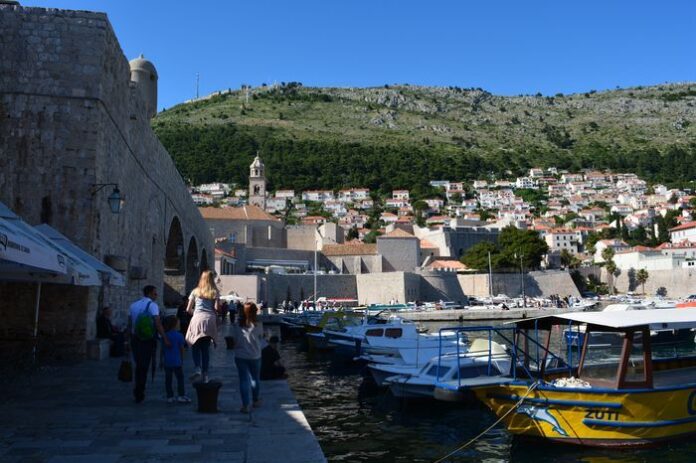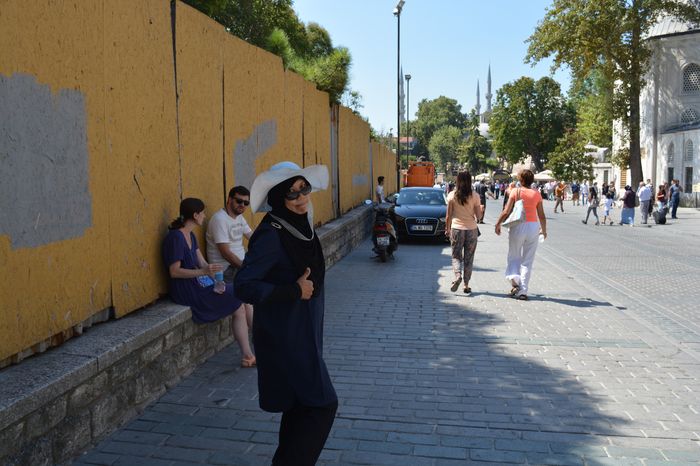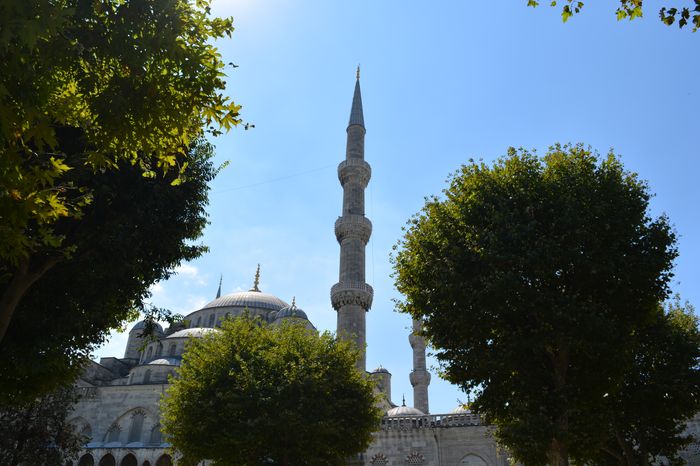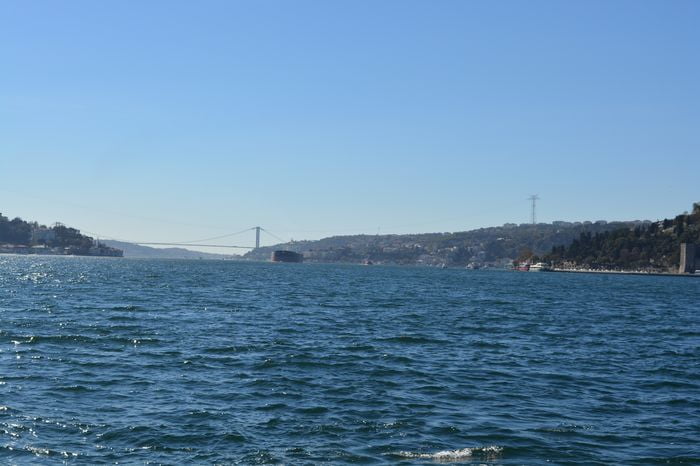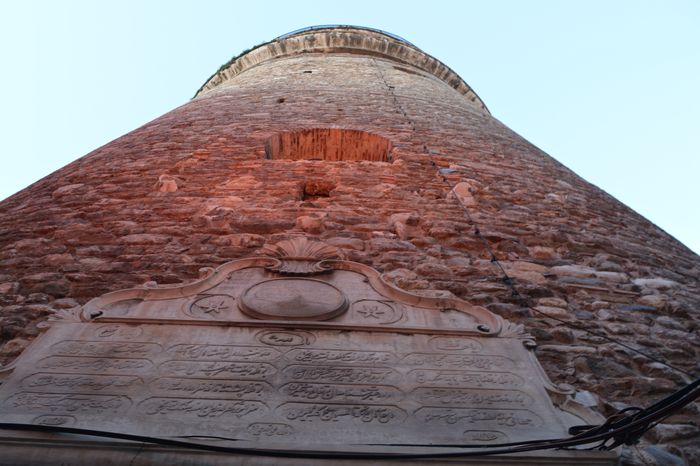Gate of the Pempton
The gate located between the second and third towers north of the Lycus River, or between the thirteenth and fourteenth towers north of the Gate of St. Romanus, is known as the Fifth Military Gate, or the Gate of the Pempton (Πύλη τοῦ Πέμπτου). The name “Pempton” means “fifth” in Greek.
How the Gate Is Identified
The location of this gate matches the description found in the Paschal Chronicle, a historical source that places the Gate of the Pempton between two other known gates:
The Gate of St. Romanus (modern Top Kapı), The Gate of the Polyandrion (which, as we will see, is another name for Edirne Kapı), This middle position confirms that this gate is indeed the Fifth Military Gate The Gate of Charisius and Its Historical Significance.
It Is Not the Gate of Charisius
Some older historians believed this gate was the Gate of Charisius. However, this theory has been proven false. The Gate of Charisius was never a military gate—it was a public gate and played a different role in the city’s defense and traffic system.
Also, two important sources—the Metrical Chronicle and Cananus—clearly state that the Gate of Charisius was not the same as the gate located beside the Lycus River.
The District Behind the Gate
Behind the Gate of the Pempton was the district also called Pempton. This area included:
The Church of St. Kyriake
A large meadow through which the Lycus River flowed on its way to the Sea of Marmara
The Pempton meadow was a popular gathering place, especially before the Theodosian Walls were built. People came here for rest, leisure, and religious events.
A Scene of Religious and Imperial Drama
In 404 AD, during the time of Easter, Emperor Arcadius visited the Pempton district to ride horses. During his visit, he came across three thousand white-robed catechumens (new Christian converts), who had been baptized by St. John Chrysostom at the Thermae Constantinianae, near the Church of the Holy Apostles.
This gathering angered the emperor because Chrysostom had been recently removed from office after a conflict with Empress Eudoxia. Arcadius reacted by ordering his guards to remove the people from the area Private Sofia Tour.
Another significant event occurred in 450 AD, when Emperor Theodosius II fell from his horse while riding on the slopes of the Lycus Valley. The fall caused a serious spinal injury, and he died a few days later. It is believed that he was carried back into the city through the Gate of the Pempton.
The Fifth Military Gate, or Gate of the Pempton, was not only a key defensive structure but also a place of historical and emotional importance. It was connected to major events involving emperors, religious tensions, and the daily lives of the people. Through both military and spiritual history, this gate played a vital role in the story of Byzantine Constantinople.
